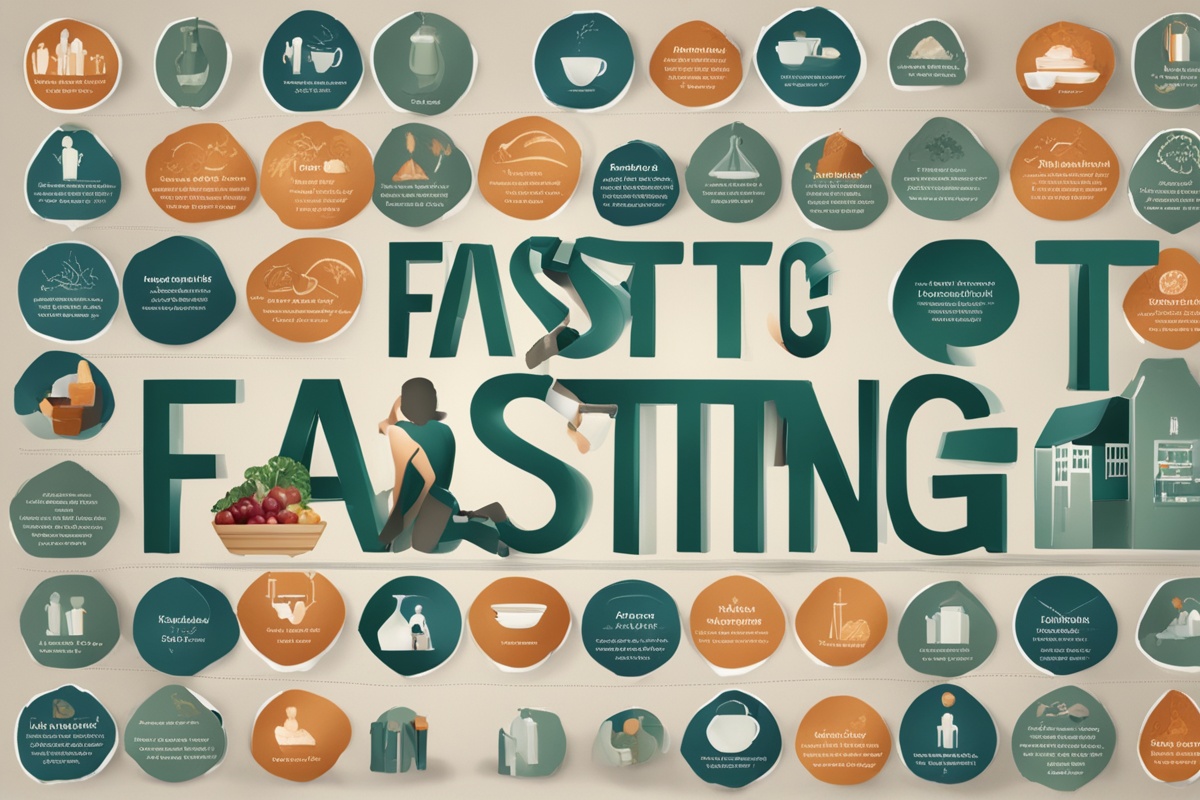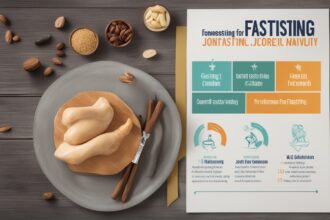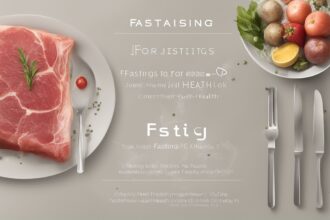Intermittent fasting (IF) has gained significant attention in recent years for its potential health benefits, ranging from weight loss to improved metabolic health. However, one lesser-known advantage of this dietary approach is its impact on joint health. If you’re struggling with joint pain or inflammation, incorporating intermittent fasting into your lifestyle might offer relief. In this post, we’ll explore actionable Intermittent Fasting Joint Relief Tips to help you manage discomfort and improve overall joint function. Let’s dive into how fasting can support your joints and provide practical ways to get started.
What Is Intermittent Fasting and How Does It Relate to Joint Health?
Intermittent fasting is an eating pattern that alternates between periods of eating and fasting. Popular methods include the 16/8 method (fasting for 16 hours and eating during an 8-hour window) and the 5:2 diet (eating normally for five days and restricting calories on two non-consecutive days). While IF is often associated with weight loss, it also triggers processes like autophagy, where the body cleans out damaged cells and regenerates healthier ones. This process can reduce inflammation—a key factor in joint pain and conditions like arthritis.
For individuals with joint issues, inflammation is often the root cause of discomfort. Studies suggest that intermittent fasting may lower inflammatory markers in the body, such as C-reactive protein (CRP), which can contribute to joint relief. By adopting IF, you might not only alleviate pain but also support long-term joint health. To learn more about the basics of IF, check out our Intermittent Fasting 101 Guide.
Why Intermittent Fasting May Help with Joint Pain
Joint pain often stems from chronic inflammation, excess body weight, or autoimmune conditions like rheumatoid arthritis. Intermittent fasting addresses these issues in several ways. First, it promotes weight loss by reducing calorie intake, which lessens the stress on weight-bearing joints like knees and hips. Losing even a small percentage of body weight can significantly decrease joint strain.
Second, fasting periods allow the body to enter a state of ketosis, where it burns fat for fuel instead of glucose. Ketosis has been linked to reduced inflammation, which can directly benefit inflamed joints. Lastly, IF may improve gut health by fostering a balanced microbiome, and a healthy gut is crucial for managing systemic inflammation. Curious about how inflammation impacts your body? Read our detailed post on Inflammation and Overall Health.
Intermittent Fasting Joint Relief Tips: Getting Started Safely
Starting intermittent fasting for joint relief requires a thoughtful approach to avoid stress on your body. Here are some key tips to begin your journey:
- Choose the Right IF Method: Start with a beginner-friendly plan like the 16/8 method. This allows your body to adjust without overwhelming hunger or fatigue, which could exacerbate joint discomfort.
- Stay Hydrated: During fasting windows, drink plenty of water to prevent dehydration, which can worsen inflammation and joint stiffness.
- Consult a Healthcare Professional: If you have pre-existing joint conditions or are on medication, speak with your doctor before starting IF to ensure it’s safe for you.
By easing into intermittent fasting, you can minimize potential side effects and maximize benefits for your joints. For a deeper dive into hydration tips, explore our article on Hydration During Fasting.
Supporting Joint Health with Nutrition During Eating Windows
While fasting plays a significant role in reducing inflammation, what you eat during your eating windows is just as important for joint health. Focus on anti-inflammatory foods to complement your intermittent fasting routine. Incorporate the following into your diet:
- Fatty Fish: Rich in omega-3 fatty acids, salmon and mackerel can help reduce joint inflammation.
- Nuts and Seeds: Walnuts and chia seeds provide healthy fats that combat inflammation.
- Fruits and Vegetables: Berries, leafy greens, and cruciferous vegetables like broccoli are packed with antioxidants that protect joint tissues.
Avoid processed foods, sugary drinks, and trans fats, as they can trigger inflammation and undo the benefits of fasting. Pairing IF with a nutrient-dense diet is one of the most effective Intermittent Fasting Joint Relief Tips you can follow. Need meal ideas? Check out our Anti-Inflammatory Meal Plans.
Combining Intermittent Fasting with Low-Impact Exercise for Joint Relief
Exercise is crucial for maintaining joint mobility, but high-impact activities can worsen pain if you’re already struggling. Pairing intermittent fasting with low-impact exercises like swimming, yoga, or walking can enhance joint relief. Fasting may boost energy levels and recovery by reducing inflammation, making it easier to stay active without overtaxing your joints.
Try scheduling light exercise during your fasting window when your body is in a fat-burning state, or opt for gentle stretching during eating windows to avoid fatigue. Always listen to your body and avoid pushing yourself too hard. For more on balancing exercise and fasting, read our guide on Exercise During Fasting.
Potential Risks and How to Avoid Them
While intermittent fasting offers promising benefits for joint health, it’s not without risks if done improperly. Some individuals may experience fatigue, irritability, or nutrient deficiencies if they don’t plan their eating windows carefully. For those with joint conditions, under-eating or dehydration during fasting can worsen stiffness and pain.
To mitigate these risks, ensure you’re consuming enough calories and nutrients during eating periods. Avoid extreme fasting protocols if you’re new to IF, and monitor how your body responds. If you experience increased joint pain or other adverse effects, pause fasting and consult a healthcare provider. Remember, intermittent fasting is not a one-size-fits-all solution, and personalizing your approach is key to success.
Disclaimer: The information provided in this article is for educational purposes only and should not be considered medical advice. Intermittent fasting may not be suitable for everyone, especially those with underlying health conditions, pregnant or breastfeeding individuals, or those on certain medications. Always consult with a qualified healthcare professional before starting any new dietary or lifestyle regimen, particularly if you have joint-related concerns or chronic health issues.
References
- Intermittent Fasting and Its Effects on Inflammation – NCBI
- Intermittent Fasting: Surprising Update – Harvard Health
- Intermittent Fasting FAQ – Mayo Clinic
- Weight Loss and Arthritis – Arthritis Foundation
- Fasting and Metabolic Health – Journal of Clinical Investigation
This content is for informational purposes only and not a substitute for professional advice.






